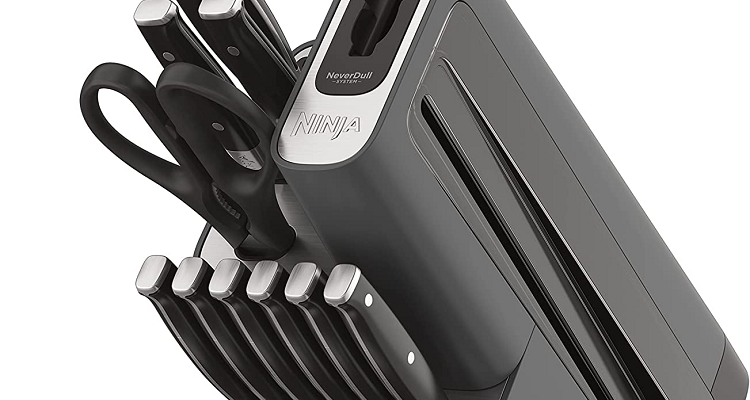As a chef, the importance of storing knives properly cannot be overstated. Knives are an essential tool in every kitchen, and their maintenance and storage are crucial to their performance and longevity. In this article, we will discuss the best practices for storing knives and popular storage options according to a chef.
Popular Knife Storage Options
There are various knife storage options available in the market, and choosing the right one can be overwhelming. Here are some popular knife storage options:
Magnetic Knife Strips
Magnetic knife strips are a popular and space-saving option for storing knives. They can be mounted on walls or under cabinets, making it easy to access knives when needed. Magnetic knife strips are also visually appealing, giving kitchens a modern and sleek look. However, they require knives with metal blades and can pose a safety risk if not installed properly.
Knife Blocks
Knife blocks are another popular option for storing knives. They come in different sizes, materials, and designs, allowing chefs to choose the best one for their kitchen. Knife blocks are also space-efficient and protect knives from damage. However, they can be challenging to clean and may not accommodate larger knives.
In-Drawer Knife Organizers
Enjoy knife block professional knife set stainless and in-drawer knife organizers are an excellent option for chefs with limited counter space. They are compact, protect knives from damage, and keep them out of sight. In-drawer knife organizers can also accommodate different knife sizes and shapes. However, they may not be suitable for larger knife collections and can make it difficult to access knives at the back of the drawer.
Knife Rolls and Bags
Knife rolls and bags are a popular option for chefs who need to transport their knives frequently. They come in various sizes and materials, allowing chefs to choose the best one for their needs. Knife rolls and bags are also compact, protecting knives from damage, and have compartments for different knife sizes. However, they may not be suitable for long-term storage, and knives can become disorganized in transit.
How to Store Knives Properly
Storing knives properly is crucial to their performance and longevity. Here are some tips for storing knives properly:
Cleaning and Drying Knives
Before storing knives, they must be cleaned and dried thoroughly. This prevents rust and bacteria from developing on the blades. Knives should be washed with warm soapy water and dried with a soft cloth or paper towel.
Knife Placement in Storage Options
When storing knives, it is essential to place them in their respective slots or compartments. This prevents blades from touching each other and getting damaged. Knives should also be stored with their sharp edges facing upwards to prevent dulling.
Maintaining and Sharpening Knives
Maintaining and sharpening knives regularly is crucial to their performance and longevity. Knives should be honed with a honing rod before each use and sharpened with a whetstone or knife sharpener regularly.
Conclusion
Proper knife storage is crucial to their performance and longevity. Chefs should consider factors such as space, knife collection size, and safety when choosing a knife storage option. Storing knives properly involves cleaning and drying knives, placing them in their respective slots, and maintaining and
sharpening them regularly. Popular knife storage options include magnetic knife strips, knife blocks, in-drawer knife organizers, and knife rolls and bags. Each of these options has its advantages and disadvantages, so it’s important to consider your needs and preferences before making a decision.
By following the tips provided in this article, chefs can ensure that their knives are stored safely and effectively, allowing them to perform at their best in the kitchen.
FAQs:
Can all knives be stored on magnetic knife strips?
No, magnetic knife strips require knives with metal blades to work properly. Ceramic and some stainless steel knives may not be compatible.
Are knife blocks easy to clean?
Knife blocks can be challenging to clean because dirt and debris can accumulate inside the slots. However, regular cleaning can prevent this.
Can in-drawer knife organizers accommodate large knives?
In-drawer knife organizers come in various sizes and can accommodate different knife sizes and shapes. However, larger knives may not fit in some organizers.
Is it necessary to sharpen knives regularly?
Yes, regular sharpening helps maintain the edge of the knife, ensuring that it performs at its best.
Can knife rolls and bags be used for long-term storage?
Knife rolls and bags are designed for transport and short-term storage. Long-term storage in these options may not provide adequate protection for knives.
